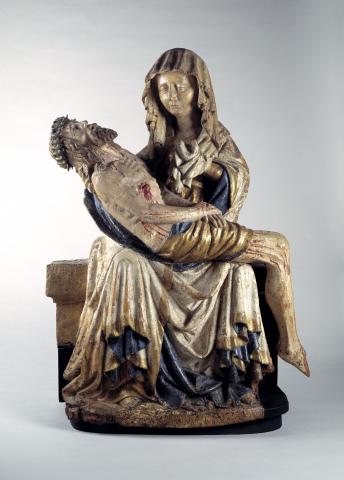Recommendation
In a letter dated 18 April 2007, the Minister for Education, Culture and Science (hereafter referred to as: ‘the Minister’) requested the Restitutions Committee (hereafter referred to as: ‘the Committee’) to issue a recommendation regarding the application by S.G., N.G. and L.V.C.-G. (hereafter referred to as: ‘the applicants’) for restitution of objects that may have been in the possession of F.B.E. Gutmann (1886-1944). This application for restitution concerns, among other things, a sculpture which is part of the Netherlands Art Property Collection (hereafter referred to as: ‘NK collection’) and is administered by the Dutch government under inventory number NK 688. The sculpture, which is currently on loan to Museum Catharijneconvent in Utrecht, is described as: NK 688, Unknown, Pietà, Southern Germany, 15th century, limewood, 97.0 x 69.0 x 33.0 cm.
This recommendation contains the Committee’s judgement with regard to the claim of F.B.E. Gutmann’s heirs to NK 688.
